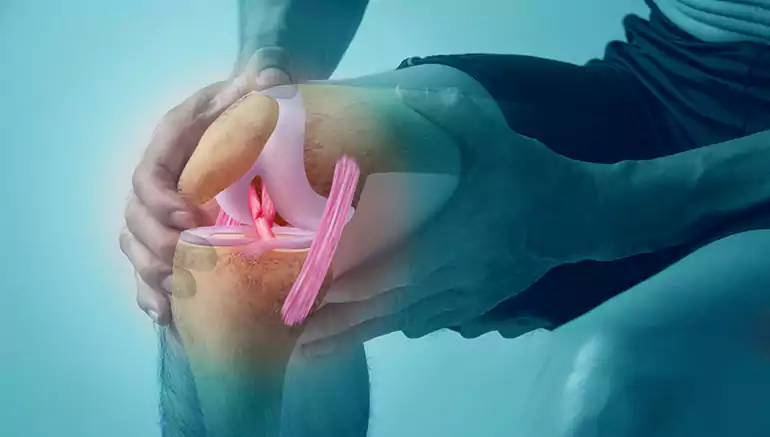Service Details:
Breakdown of joint cartilage, leading to pain and stiffness. Managed with medication, therapy, and potentially surgery.
Commonly refers to osteoarthritis (OA), a progressive and degenerative joint disease characterized by the gradual breakdown and loss of articular cartilage, the smooth, protective tissue that covers the ends of bones within a joint. This cartilage acts as a cushion and allows for frictionless movement. As cartilage deteriorates, the underlying bones can rub together, leading to pain, stiffness, swelling, and a reduced range of motion in the affected joint. Over time, this can also result in the formation of bone spurs (osteophytes) and changes in the surrounding soft tissues. Osteoarthritis can affect any joint in the body, but it is most common in weight-bearing joints such as the knees, hips, and spine, as well as the hands. The symptoms typically develop gradually and worsen over time. Diagnosis usually involves a physical examination, medical history review, and imaging studies like X-rays to visualize the joint space and identify any cartilage loss, bone spurs, or other structural changes. Treatment for joint degeneration is aimed at managing pain, reducing inflammation, maintaining joint mobility, and improving overall function. Conservative management strategies include pain relievers (oral and topical), nonsteroidal anti-inflammatory drugs (NSAIDs), physical therapy to strengthen the muscles around the joint and improve flexibility, occupational therapy to learn adaptive strategies for daily activities, assistive devices (canes, walkers), and lifestyle modifications such as weight management and low-impact exercise. In cases of severe joint degeneration where conservative treatments no longer provide adequate relief, surgical options may be considered. These can include joint replacement surgery (arthroplasty), where the damaged joint is replaced with an artificial implant, or other procedures like arthroscopy to repair or clean up damaged tissue within the joint. Rehabilitation after surgery is essential for regaining strength, mobility, and function in the replaced joint.
